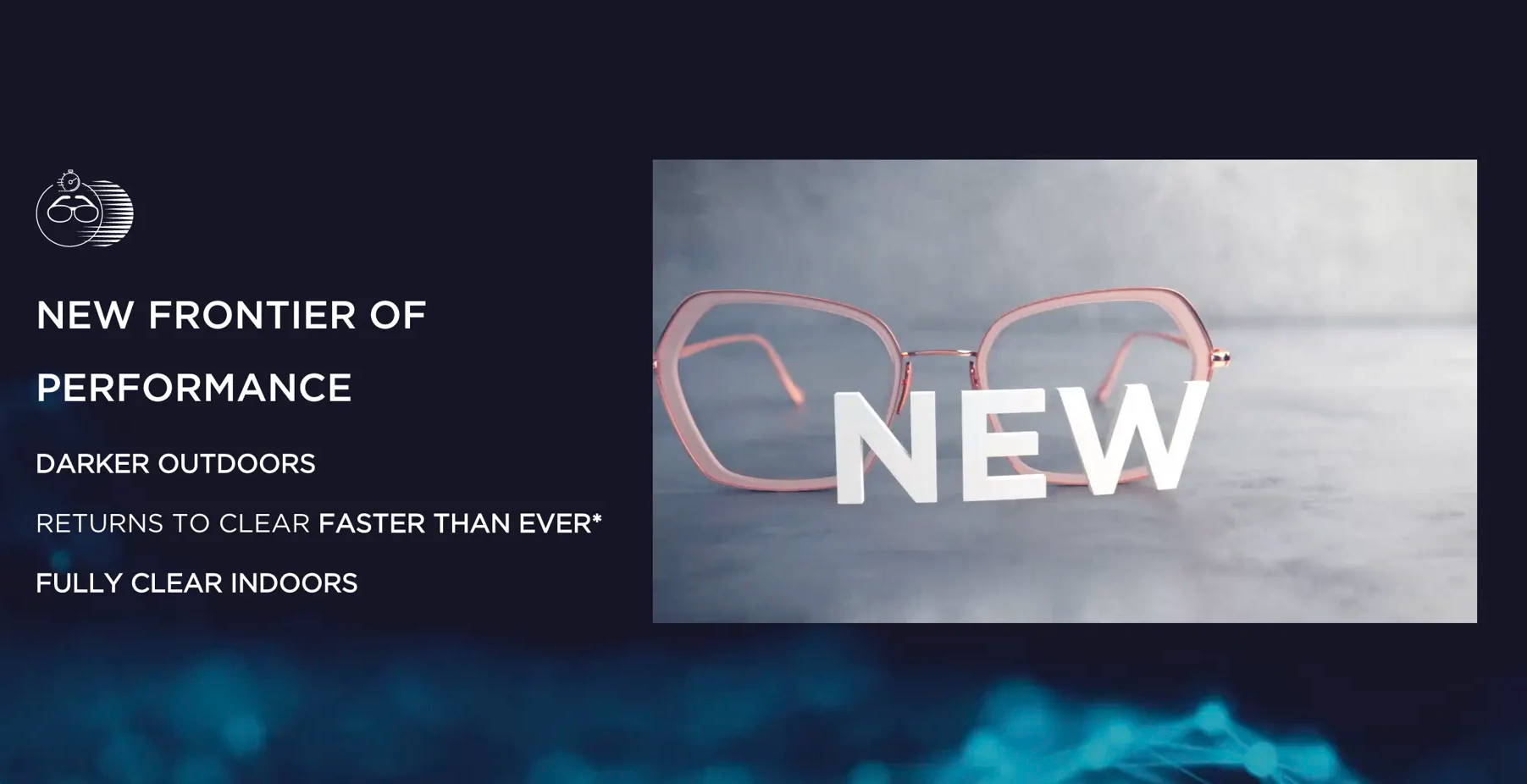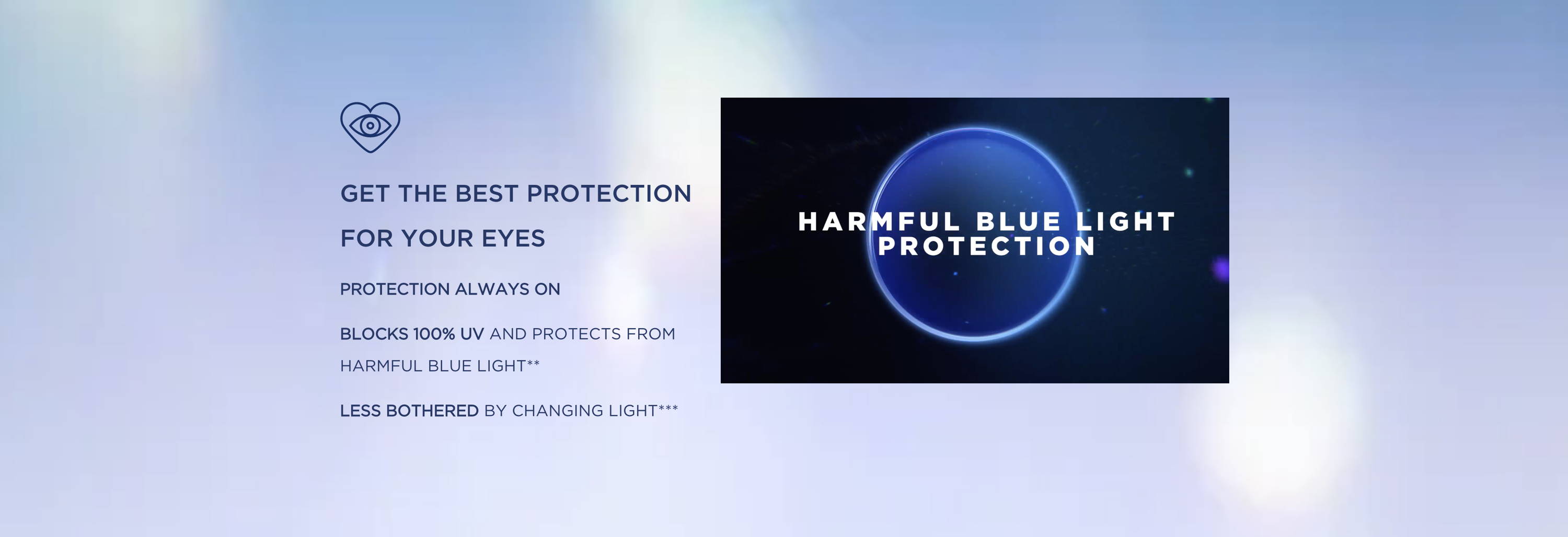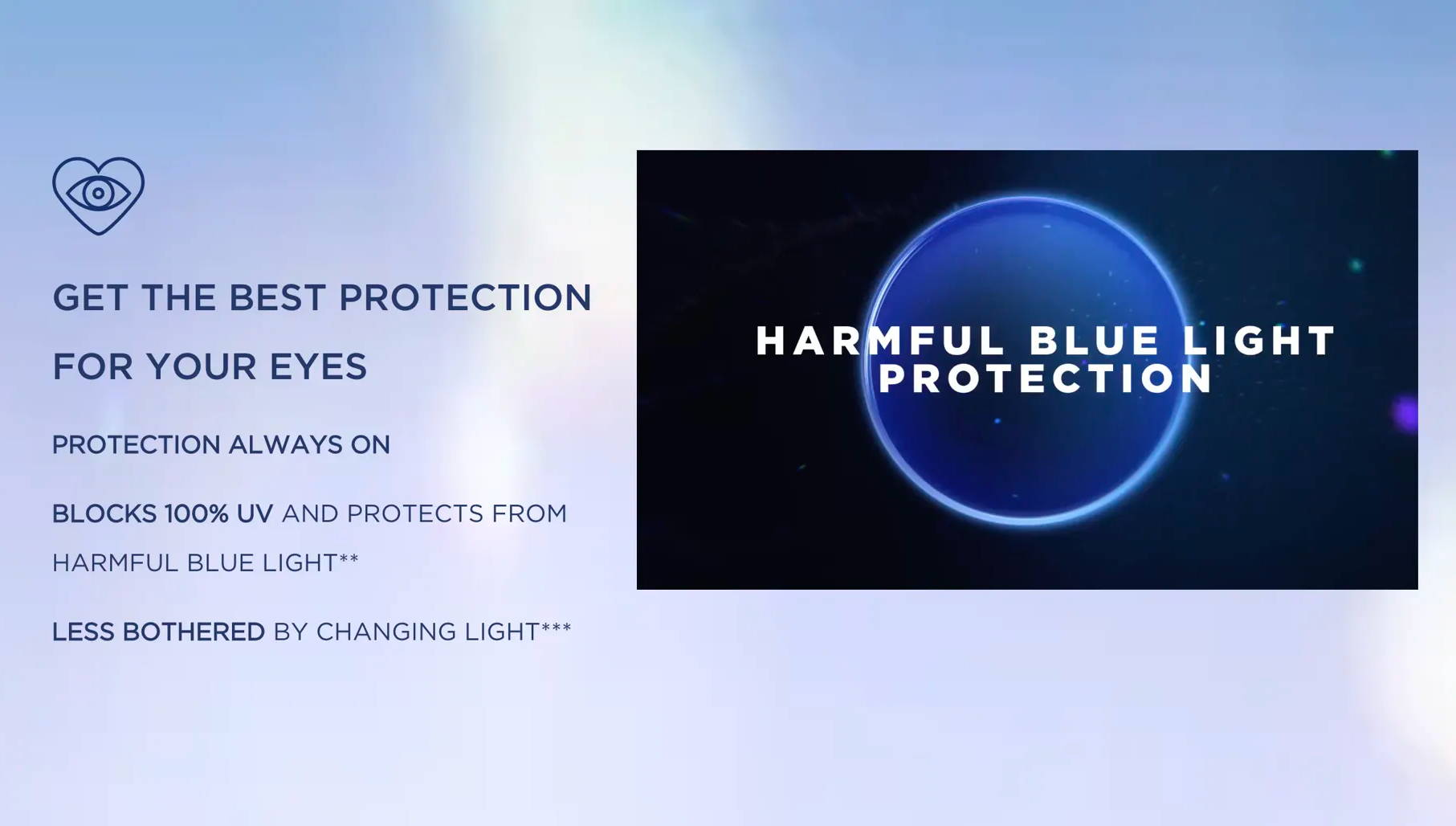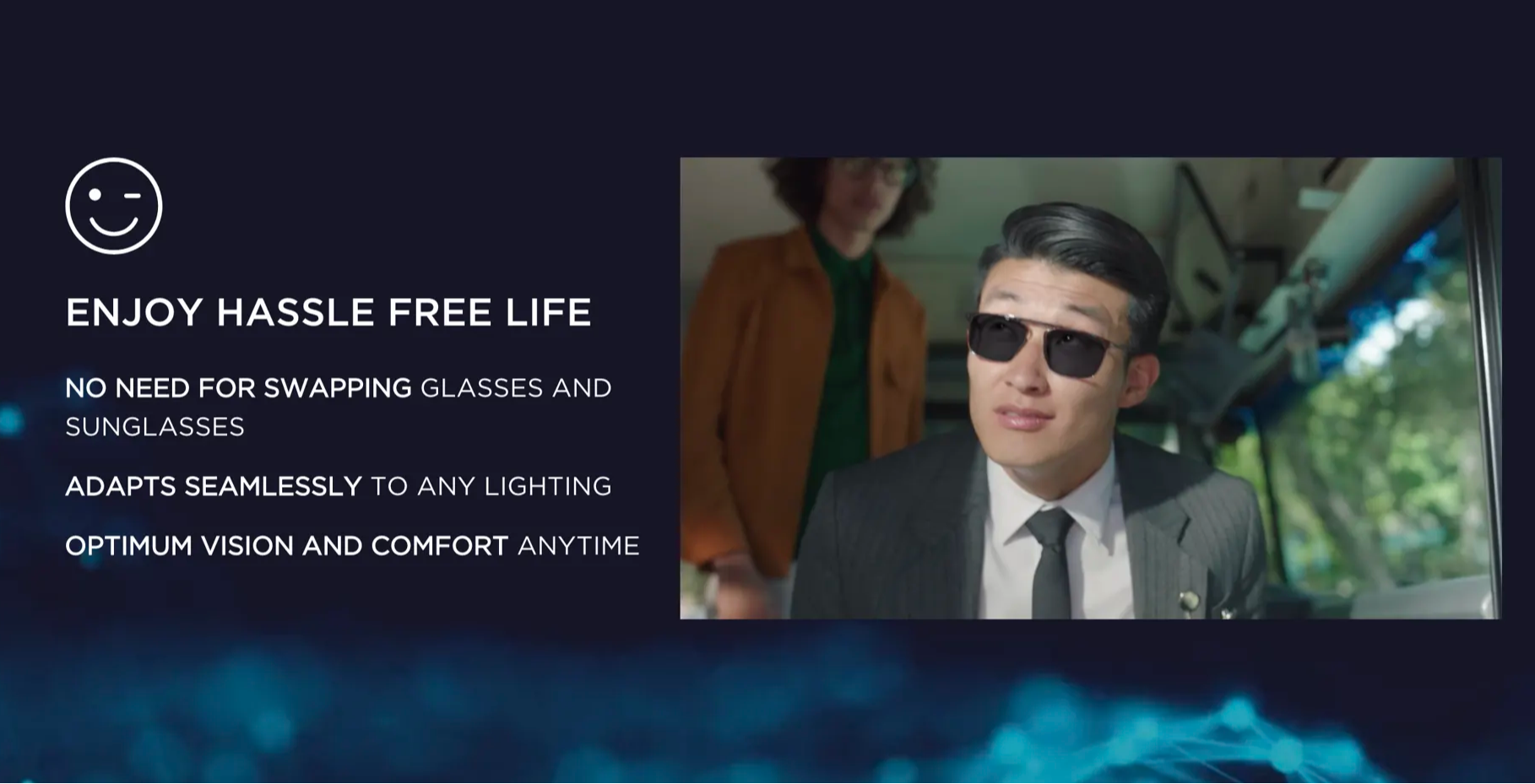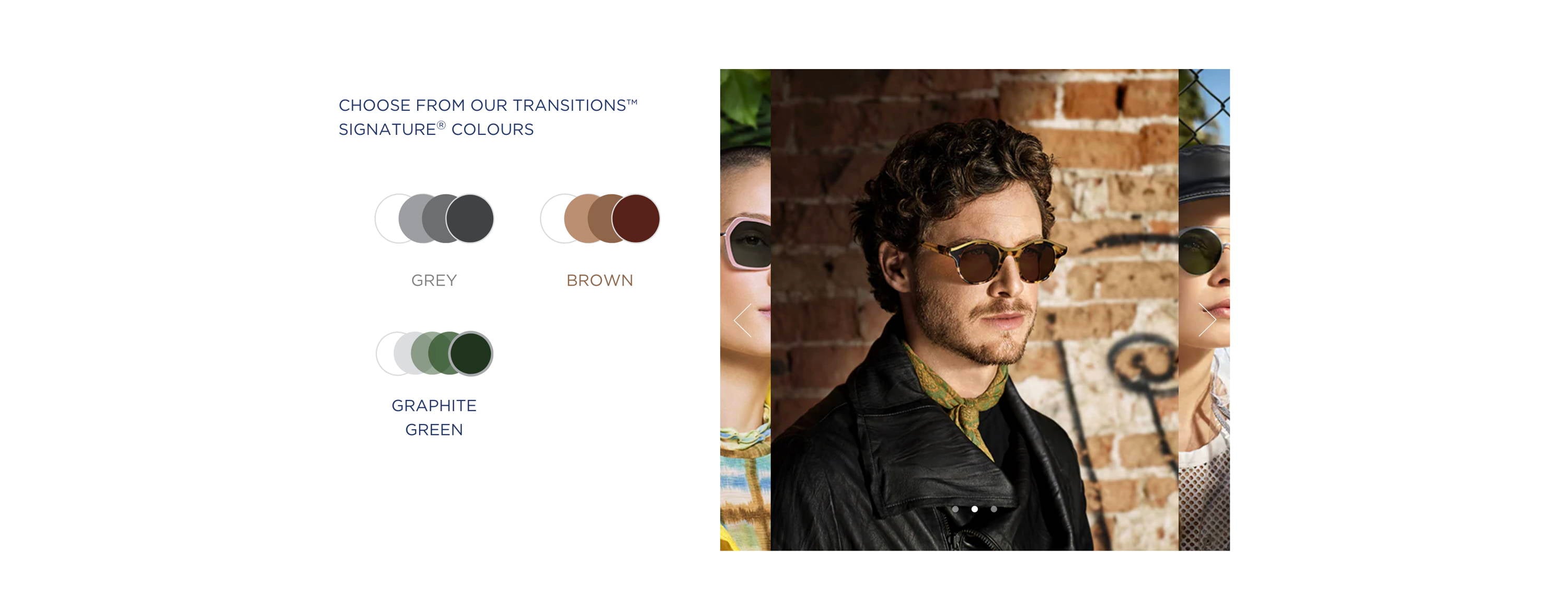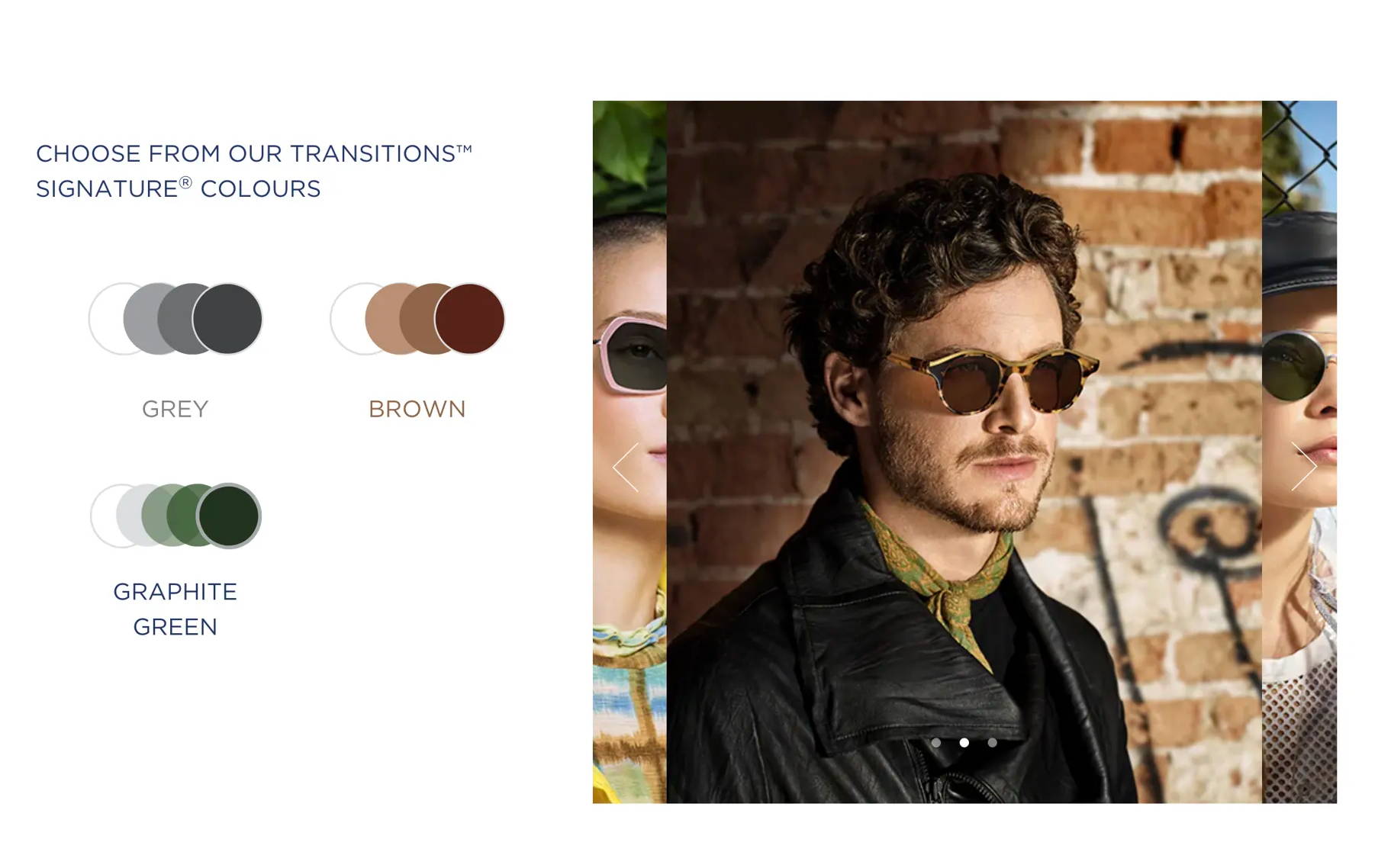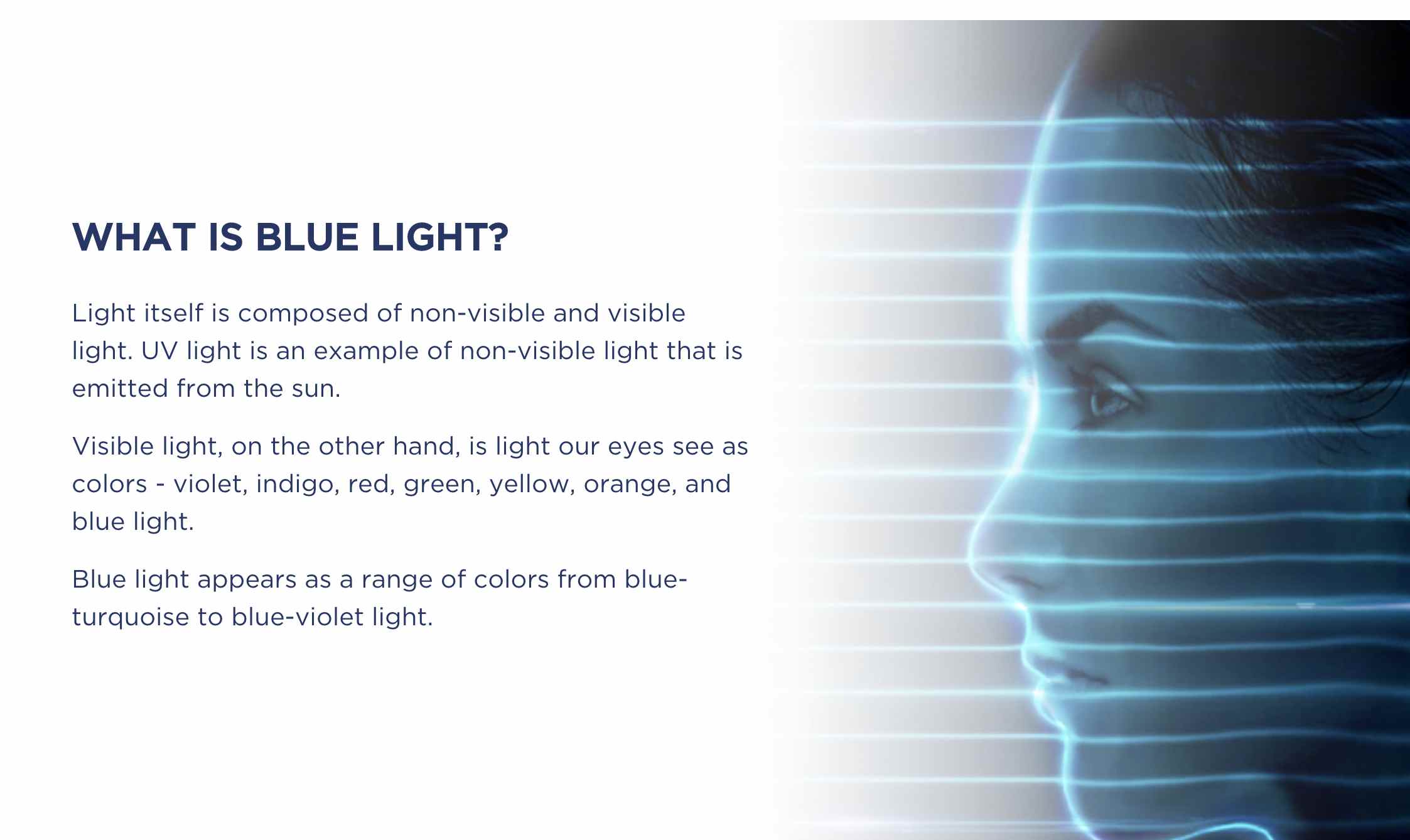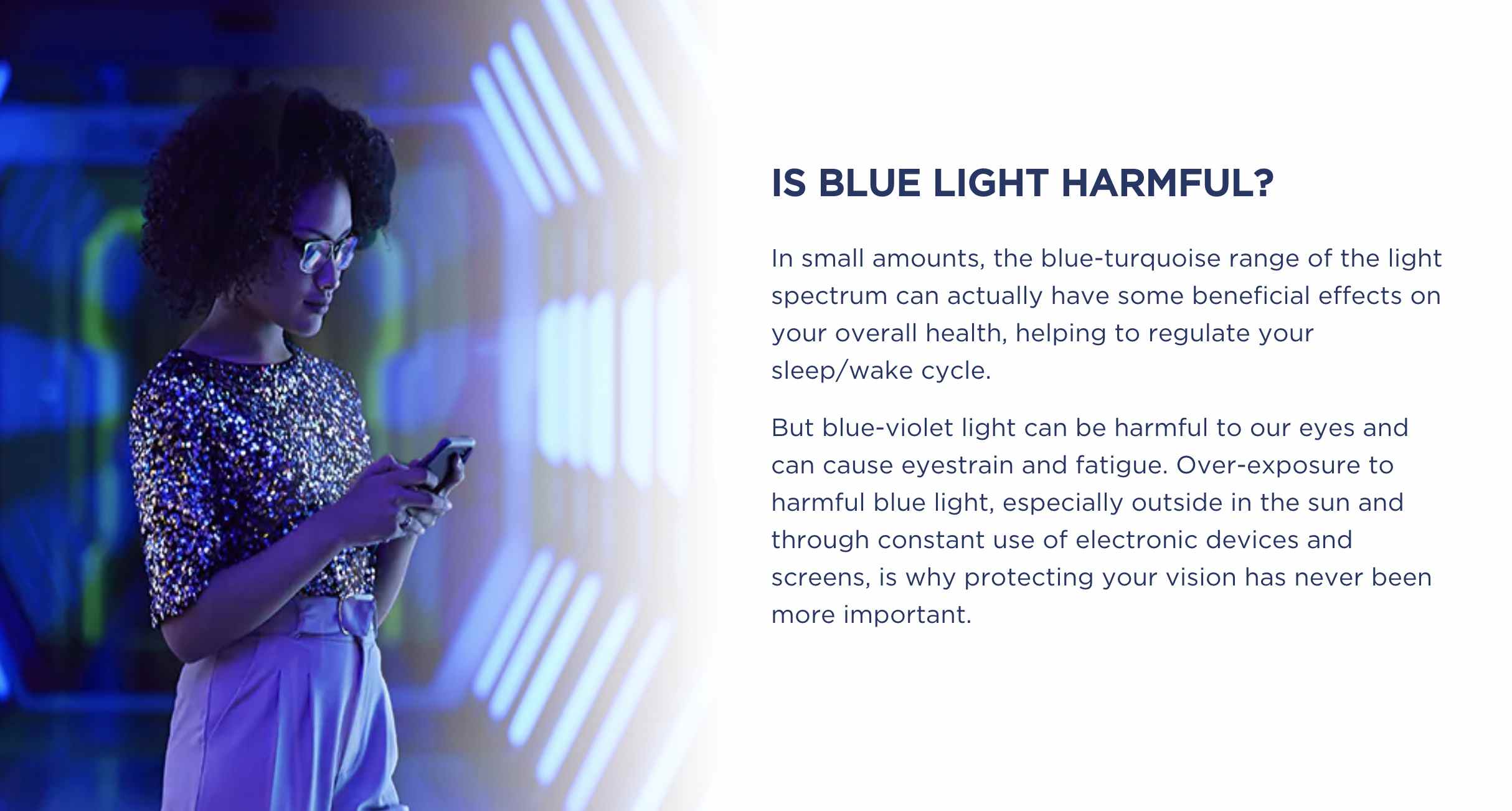Transitions Lenses
The New Transitions GEN 8
Always pushing boundaries, Transitions challenged its research team to develop a light intelligent photochromic lens that was darker outdoors, clear indoors, with improved reaction and fade back speeds, all without compromising on protection and quality.
The result of years of research and in-depth scientific studies, Transitions® Signature® GEN 8™ is the first light intelligent photochromic lens with a revolutionary nano-composite technology that pushes photochromic performance and offers optimum vision, comfort and protection all day long.
When photochromic lenses are exposed to UV light, trillions of photochromic molecules in the lens begin to change structure. This reaction is what causes the lenses to darken.
All lenses that adapt to light use photochromic molecules; the superiority of Transitions®️ brand technology lies in our exclusive, patented formulas. Each formula is integrated into the surface of the lens. These molecules constantly and smoothly recalibrate so the optimal amount of light reaches your eyes whether you’re in bright sunlight, under cloud cover or indoors.
The Transitions photochromic technology becomes an integral part of the lens through one of two specialised processes.
One process is called imbibing. Derived from the Latin word imbibere meaning, to drink in, this method uses heat to draw the photochromic dye into the lens itself. After the imbibing is complete, a scratch-resistant coating is applied to the surface of the lens.
A number of lens materials do not imbibe readily. In these cases another method called Trans-Bonding™ is used. Where imbibing places the photochromic technology below the lens surface, the patented Trans-Bonding puts the photochromic technology on the lens surface.
Both the imbibing and Trans-Bonding methods provide the same uniform tint color, regardless of lens thickness differences caused by lens prescriptions. At Transitions Optical we develop and adapt our processes for optimum photochromic performance, lens durability and compatibility with other lens treatments like anti-reflective coating.
The molecules in photochromic technology work by reacting to UV light. However, temperature can have an effect on the reaction time of the molecules. When the lenses become cold the molecules begin to move slowly. This means that it will take somewhat longer for the lenses to adapt from dark to clear. When the lenses become warm the molecules speed up and become more reactive. This means that they will fade back faster. It can also mean that if you’re outside on a hot sunny day, but sitting in the shade, your lenses will be quicker to detect the diminished UV rays and lighten in color. Whereas, if you are outside on a sunny day in a cold climate, and then move into the shade, your lenses will adjust more slowly than they would in a warm climate.
Transitions®️ scientists continuously strive to improve our technology and create formulations that find the perfect balance between UV light and the temperature of the lenses. In fact, our newest Transitions®️ Signature®️ GEN 8™ lenses are more responsive than previous generations - darker outdoors, fully clear indoors, and return to clear faster than ever* It’s one of many reasons they are the most recommended photochromic lens brand worldwide.
Did you know
Transitions Lenses cut out Blue Light aswell as Bright Sunlight?





